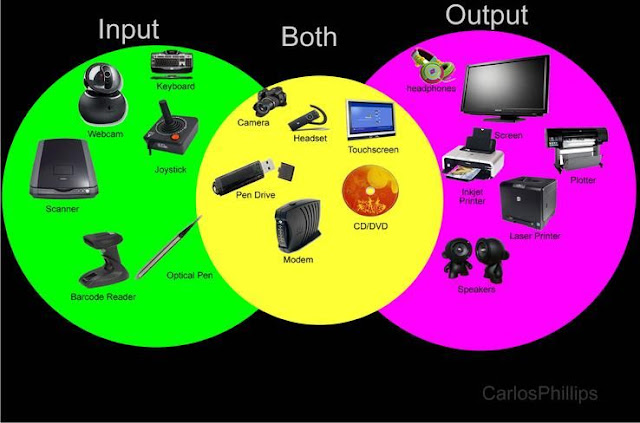Programing Language Ganarations
 |
| Link |
1. First Generation Language (1GL)
A first generation (programming) language (1GL) is a programming language is also known as machine level language used to program 1GL computers. Actually, no translator was used to compile or assemble the first-generation language.
The commands in 1GL are made of binary numbers, by 1s and 0s. This makes the language easy to understand for the machines but far more difficult to explain and learn by the programmers.
The advantage of 1GL is that the code run’s very fast and very accurately because the commands are carried out directly by the central processing unit (CPU). One of the disadvantages of this low-level language is that when an error occurs, the code is not as easy to fix.
2. Second Generation Language (2GL)
 |
| Link |
Second-generation programming languages have the following attributes:
- The code is readable and writable for a programmer. To run this language on a computer or other devices, it must be converted into a machine-readable form, a process called assembly.
- The language is only referable only for a particular processor family and environment.
More often it is used in extremely intensive processing such as games, video editing, graphics manipulation/rendering.
3. Third Generation Language (3GL)
3GLs are much more machine independent and more easy for programmers. This Programing language features like improved support for aggregate data types and expressing concepts in a way that helps the programmer.
A 3GL is more advanced than 2GL by having the computer take care of non-essential details. 3GLs are more abstract than previous generations of languages, and thus can be considered higher level languages than their first and second generation languages. It was first introduced in the late 1950s. Some examples of 4GL such as FORTRAN, ALGOL, and COBOL.
 |
| Link |
Most popular programs, such as C, C++, C#, Java, BASIC and Pascal, are also 3GL. 3GLs support most of the structured programming. Much 3GL support object-oriented programming.
4. Fourth Generation Language (4GL)
The fourth-generation programming language also known as 4GL, which is an advancement upon 3GL. Each of the programming language generations makes sure to provide a higher level of entrancement of the internal computer hardware details, making the language more helpful for programmers, powerful, and versatile. It can be symbolized by operating more with large collections of information at once rather than focusing on just bits and bytes. The Languages of 4GL may include support for database management, creating reports, mathematical terms, GUI development, or web development.
Some examples of 4GL are such as C, C++, C#, Java, and JavaScript. Some advanced 3GLs like Python, Ruby, and Perl have some 4GL abilities within a general-purpose 3GL environment. Furthermore, libraries with 4GL-like features have been developed as add-ons for most popular 3GLs.
 |
| Link |
5. Fifth Generation Language (5GL)
Fourth-generation programming languages or, 4GL are designed to build specific programs, on the other hand, fifth-generation languages also known as 5GL are designed to complete the salvation a given problem without the programmer.
This way, the user only have to worry about what specific problems need to be solved and what conditions need to be applied, without worrying about how to manage a routine or algorithm to solve them the problems. Fifth-generation languages are used mainly in AI (artificial intelligence) research. Examples of fifth-generation languages are OPS5 and Mercury.
 |
| Link |


